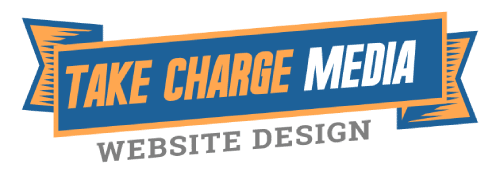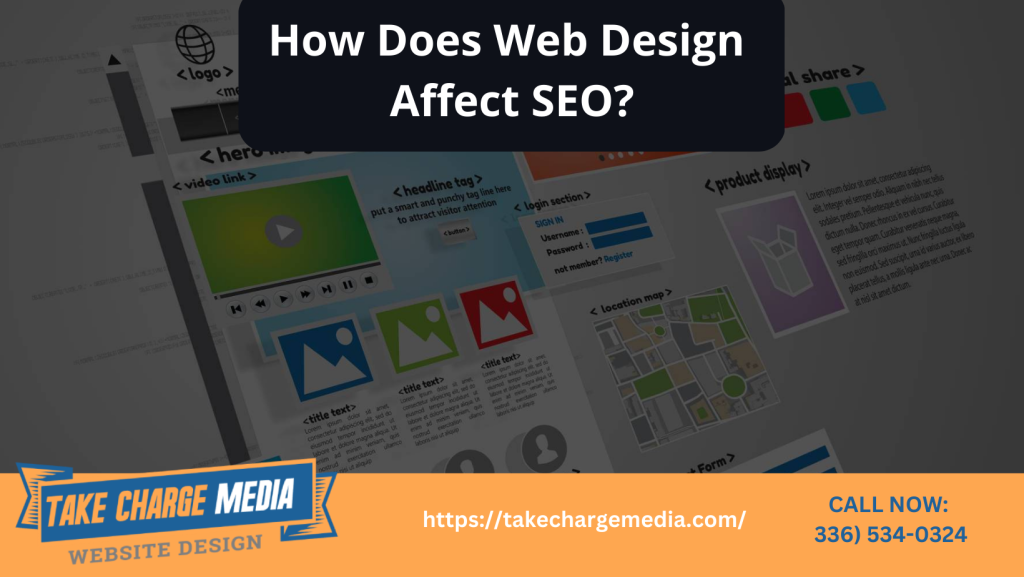While aesthetics and content matter, your team also needs to prioritize SEO best practices in your next web design. That’s because your web design affects SEO in three ways.
1. SEO and human experience go hand in hand
Good design boosts your SEO ranking, while bad design hurts your ranking. But it’s important to remember that this isn’t about “gaming” search engine bots. Search engine bots are trying to mimic the human user experience. What’s bad for human users is also bad for search engine bots; the two go hand in hand.
If you have a poorly designed site that’s hard to use, your human customers are going to leave. Search engines pick up on the fact that users are leaving your site in droves and drop your rankings accordingly.
If you have slow load times, hard-to-read text, or outdated site design, you’re creating more barriers for people to engage with your site. Embrace good web design practices to keep both human users and search engine crawlers on your site.
2. Quality visuals boost time on site
Web design boosts your authority, building trust with users. In fact, 38% of users will leave a site if they don’t like the design. By formatting your high-quality content within a visually-pleasing shell, you’re able to keep users on-site longer, which is good for conversions and SEO.
Good design gives a one-two punch that helps people get over their inherent mistrust of brands, moving into a relationship with your company more quickly. By pairing quality content with amazing visuals, you invite users to dig into your content and engage, signaling to search engines that your site is reputable and rank-worthy.
3. Make it easier for crawlers to index your site
While web designers should always prioritize the needs of human users, they also have to balance the needs of search engine crawlers.
If you make the wrong web design choices, you can unintentionally make it difficult for crawlers to index your site, damaging SEO rankings. Thanks to web design best practices, your developer will format URLs, content, and images in a way that crawlers can index more quickly, boosting your rankings.
Designing an SEO-Friendly Site
Web design has a significant impact on your SEO and bottom line. Even though your web designer and marketers might be siloed, they should still work together to design a better website. Create a dynamic team to implement these 6 best practices for SEO-friendly web design.
1. Limit Flash and JavaScript
JavaScript and Flash are programming languages that search engine crawlers have a difficult time reading. While you can do interesting and out of the box design elements with these languages, try to limit how often you use them.
Never put critical content inside a Flash or JavaScript element on your site. Search engines won’t be able to see this content and you’ll miss out on much-needed SEO benefits.
2. Design a simple, clean navigation
Your site should be simple and easy to navigate. Users shouldn’t have to dig for what they need; your navigation should be straightforward. The same goes for search engine crawlers: the more barriers and URLs they have to sift through to get to the good stuff, the lower your SEO score.
Clean up your navigation. Simplify URLs so they’re short and easy to remember. Remove any duplicates and limit categories within your URLs if possible.
3. Prioritize readability
Your web design needs to be easy to read. Don’t use tiny fonts, pale colors that blend together, or jarring design elements. For example, if you make your users read white text on a black background, they definitely won’t stick around.
If you’re unsure about certain design elements, ask people to test your website.
4. Use responsive design
We live in a world where every person’s screen size is different. Your web designers have to use responsive design to stay on top of user (and search engine) expectations.
The upside to responsive design is that you only have to design your site once, saving time and money. Search engines like Google have explicitly said they reward mobile-friendly, responsive sites, too. If you want to test how mobile-friendly your site is, try the Google Mobile-Friendly tool.
5. Focus on content and images, too
Web design focuses on colors, fonts, and layouts, but it should also touch on content and images. After all, you can have a beautiful website, but if your content isn’t up to par, you won’t rank well in search engines. Valuable content signals to search engines that your site is useful.
Don’t forget to have your web designer optimize all on-site images. Minimize image files or use lazy load to reduce loading times. Always add meta descriptions to your images so search engine bots can index your images, too.
6. Speed things up
A 100-millisecond delay in load time can decrease your conversions by 7%. Your marketing team needs every advantage they can get, and a slow website is the kiss of death to your conversion rates. Your web design has to be fast to keep users on-site, which in turn boosts your SEO ranking.
If users get fed up waiting for your site to load, they’re going to leave in just a few seconds. Google realizes you’re giving its users a bad experience and lowers your search engine rank as a result.
The Bottom Line
Web design affects user experience, but it also affects search engine rankings. Poor web design practices lower your SEO rank, showing your site lower in search. That has a direct effect on your business’s bottom line, which is why it’s so important to invest in SEO-focused web design from the start. Combine marketing and web design best practices to create a site that looks great and ranks highly in search.
Not sure how to marry web design with SEO? Reach out to our team of experts now. TakeChargeMedia can help your brand optimize for SEO without sacrificing your beautiful design.



